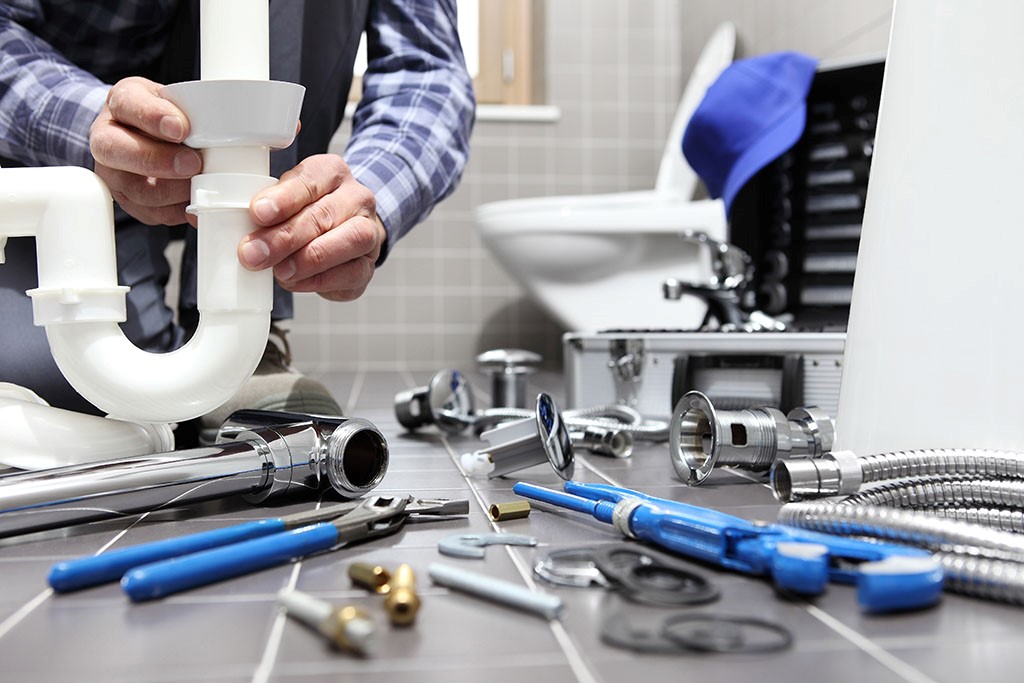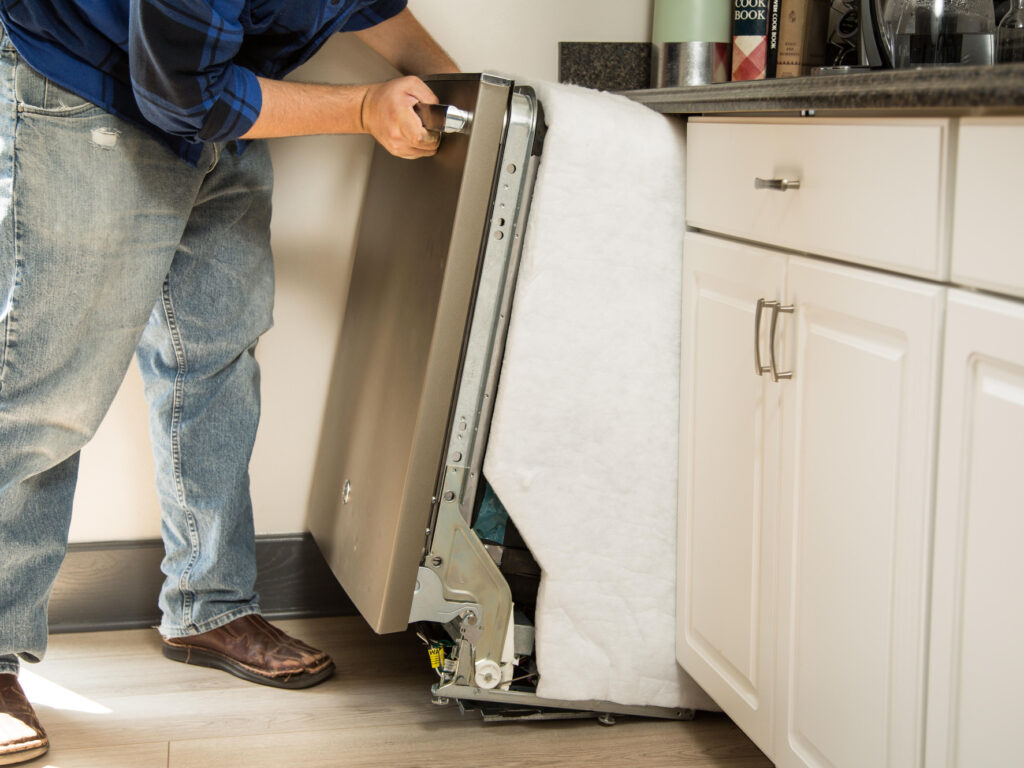A water softener system, as the name implies, can help to make your hard water softer. Hard water contains a high concentration of dissolved minerals. Examples of these include calcium, manganese and magnesium carbonate. A softening system looks closely at your source water and then from there determines which minerals must be taken from the water in order to make it more beneficial to you.
Hard water is tough on your plumbing, bathroom, kitchen fixtures, and your laundry. It leaves stains on your freshly washed clothing, bedding and towels and it can give your water a strange smell and/or give it an odd taste. If you notice stains of a reddish-brown color in your bathroom and kitchen sinks and in your shower then your home is supplied by hard water. The same can be said if you notice deposits or stains on your taps.
Not all water softeners are exactly the same. What some do is they directly remove the minerals from the water. Others replace what is known as the ionic hardness with salt ions. You can purchase a Reverse Osmosis (RO) and water distillation system that will effectively take away the hardness of the water while at the same time disinfecting the water. The only downside to the RO systems is that they tend to be on the expensive side. For those on strict budgets these water softeners can be out of your price range.
Be aware before you purchase a water softener that its only focus is softening the hardness in water. If hardness is the only problem you have with your water then a softening unit can provide an excellent treatment that is cost effective. However there are limits to what it can do. If your water has a number of complexities and issues then you may need more than a system that softens it.
A water softener unit that has been cleverly crafted gets rid of the minerals that cause staining on your clothing and clogs in your plumbing. The cheapest of these units are magnetic in nature. What this means is that they eliminate the dissolved metals that are found in the water by making the water pass across a magnet. Once these metals have been removed then the source water that is left behind is easier to work with and is more acceptable for your everyday household needs.
Units that are more expensive replace the mineral calcium and other minerals with salt ions. What this leaves behind is softer water with a lesser degree of hardness to it. The colloidal salts are then able to freely pass through the water but do not wreak havoc in their travels.
Water softening systems soften water and nothing else, as previously mentioned. If you require disinfection of your water then you will need to take other measures. The same can be said if organic sources are to blame for a smell or a taste to the water. There are instances where a softening system can be damaged if it is exposed to small amounts of oil that has found its way into the water.



